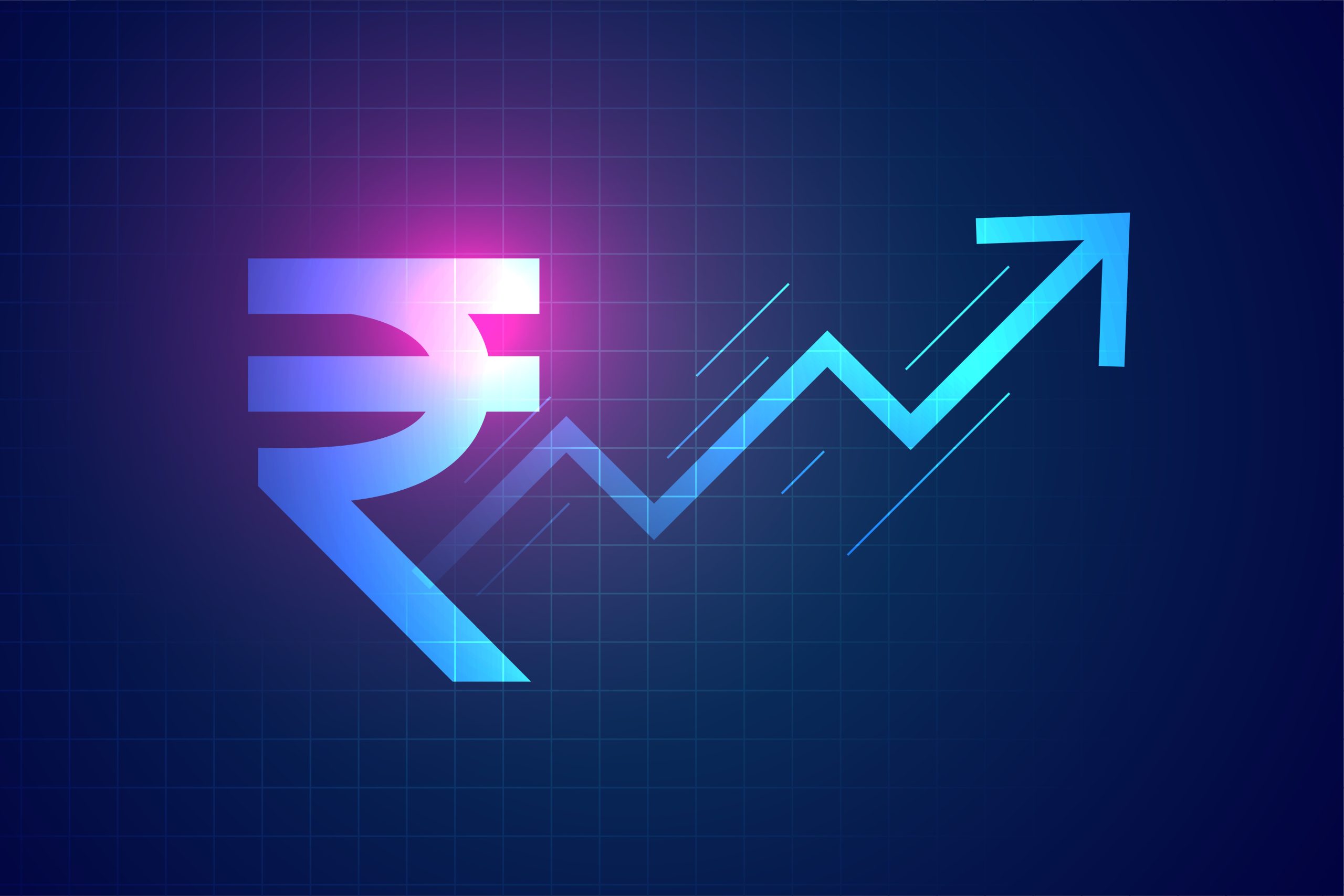In a historic economic milestone, India has officially overtaken Japan to become the world’s fourth-largest economy, according to the latest data from the International Monetary Fund (IMF). The announcement was made on Sunday, 25 May, by B.V.R. Subrahmanyam, Chief Executive Officer of India’s premier public policy think tank, NITI Aayog, at its 10th Governing Council Meeting.
The data, released in the IMF’s World Economic Outlook (WEO) report in April 2025, places India’s nominal Gross Domestic Product (GDP) at $4.19 trillion, slightly edging past Japan’s estimated GDP of $4.18 trillion.
From Fifth to Fourth: India Climbs Global Economic Ladder
Until 2024, India ranked as the fifth-largest economy, trailing behind the United States, China, Japan, and Germany. The latest IMF data confirms that India has now moved ahead of Japan, which had long held the fourth spot.
“We are now officially a $4 trillion economy. This is not a projection, this is real-time data from the IMF. India has surpassed Japan and is currently the fourth-largest economy in the world,” Subrahmanyam told reporters during the meeting, underlining the country’s rapid economic progress.
He added that the country’s economic position reflects a sustained period of reform-driven growth and increasing global economic relevance.
India Set to Become Third-Largest Economy Within Three Years
Looking ahead, Subrahmanyam expressed optimism that India could soon move one more step up the global rankings.
“If we continue with our current policies and reforms, India could surpass Germany within the next 2 to 3 years to become the third-largest economy in the world,” he said.
The IMF projects India’s economic growth at 6.2% in 2025-26, making it the fastest-growing major economy in the world. In contrast, global economic growth is expected to remain subdued at 2.8% in the same period, with advanced economies slowing down due to global uncertainty and rising trade tensions.
IMF Data Signals Strong Macro Fundamentals
The April 2025 WEO report by the IMF not only confirms India’s new global rank but also reflects broad-based growth trends:
- India’s nominal GDP for 2025-26: $4.187 trillion
- Japan’s nominal GDP for 2025-26: $4.183 trillion
- India’s per capita income: $2,880 in 2025, nearly double the $1,438 recorded in 2013-14
- Growth estimate for India: 6.2% (down from earlier projection of 6.5%) due to rising global risks
- Global growth: 2.8% in 2025, expected to rise slightly to 3% in 2026
The report attributes India’s strong growth to resilient domestic consumption, particularly in rural areas, and the continuation of structural reforms that are enabling long-term productivity and investment.
From ‘Fragile Five’ to Top Five: A Decade of Economic Transformation
India’s economic journey over the past decade has been nothing short of remarkable. In the early 2010s, India was often clubbed with the so-called “Fragile Five” — a group of emerging economies considered vulnerable to capital outflows and macroeconomic instability. But today, it finds itself among the world’s top five economies.
The transformation has been driven by:
- Fiscal consolidation and inflation targeting
- Massive digital infrastructure rollout (e.g., Aadhaar, UPI)
- Structural reforms in taxation (GST), banking, and ease of doing business
- Investments in physical and human capital
- A growing startup and innovation ecosystem
Vision 2047: India’s Path to a High-Income Economy
NITI Aayog’s policy blueprint, “Viksit Rajya for Viksit Bharat @ 2047”, outlines India’s long-term developmental aspirations as the country looks to become a developed economy by the time it celebrates 100 years of independence.
The document envisions:
- India becoming a $30 trillion economy by 2047
- A per capita income that matches or exceeds current high-income country benchmarks
- Eradication of extreme poverty and widespread access to quality healthcare, education, and infrastructure
The approach is built on six strategic pillars, which include:
- Macro-Economic Goals and Strategy – ensuring fiscal and monetary stability with targeted investments
- Empowered Citizens – focusing on education, health, and employment
- Thriving and Sustainable Economy – promoting green growth, energy security, and industry competitiveness
- Technology and Innovation Leadership – making India a global tech hub
- Global Leadership (Vishwa Bandhu) – enhancing India’s diplomatic and economic influence
- Governance, Security, and Justice Delivery – improving institutional effectiveness
Growth with Stability: Challenges Remain
While the IMF’s endorsement reinforces India’s global economic standing, the path ahead is not without challenges. The projected dip in India’s growth rate from 6.5% to 6.2% for FY2025-26 reflects growing external risks — including geopolitical tensions, tightening global financial conditions, and climate shocks.
Moreover, India’s per capita income, though improving, remains far below the threshold required for high-income status. The World Bank defines high-income countries as those with per capita income above $14,005 (as per 2024-25 standards). India’s current figure of $2,880 indicates that significant progress is still needed in raising incomes and reducing inequality.
India’s Moment on the Global Stage
Despite these headwinds, analysts agree that India’s economic fundamentals remain strong, and its demographic advantage, digital infrastructure, and policy orientation put it in a position to drive global growth.
“India’s rise as the fourth-largest economy is a moment of pride, but also a reminder of the responsibility to maintain momentum through inclusive and sustainable growth,” said a senior official at NITI Aayog.
With its $4 trillion milestone now behind it, India’s focus shifts to sustaining growth, enhancing productivity, and lifting millions out of poverty — all while steering the nation toward becoming a $5 trillion economy in the near future, and a developed nation by 2047.
India’s economic ascent is no longer a forecast — it is a reality shaping the global order.



